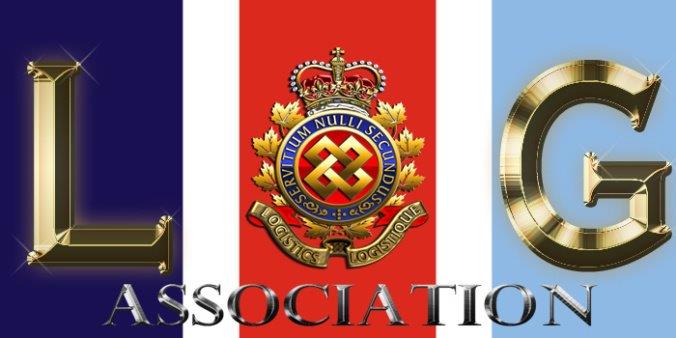The U.S. Navy Fleet Train in WW2
The Pacific Ocean in World War 2 was the setting for the implementation of perhaps the grandest logistical feat of the entire war, the establishment of the Fleet Train. The Fleet Train, which came to be regarded as the lifeline of the U.S. Navy’s Pacific Fleet, consisted of freighters, oilers and various other ship types which provided the fleet with everything that it needed during its relentless drive across the Pacific. The idea originated at the end of World War 1, when American naval planners came to realize that a fleet of warships lost an estimated 10% of its combat power for every 1600 km (1000 miles) that it operated away from is base. This idea gained further urgency as a result of what was called the “fortifications clause” in the 1922 Washington Naval Treaty. The treaty had been designed to forestall a naval arms race between the United States, Great Britain, and Japan, and it included a fortifications clause that forbade the further establishment or growth of American bases in the Western Pacific, a development which forced the U.S. Navy to study the possibility of a fleet supply train which would allow the fleet to operate effectively far from its home bases. This new concept led the Navy to experiment with floating dry docks and ideas for underway replenishment, and ultimately to create a dedicated “Service Force” which would be able to operate a floating naval supply train. The navy’s peacetime budget was limited, and priority was given to the funding of warships, so only limited quantities of auxiliary vessels were available, but at least the navy now had some idea of how it would mobilize and use a fleet train in time of war, and what such a train should consist of.
With American entry into the war in December 1942, the Service Force saw a rapid expansion, ultimately growing to 358 ships. Part of this increase included the creation of a new organization, the At Sea Logistics Service Group (ASLSG), which would become one of the crucial American innovations of World War 2. The ASLSG operated out of a large floating supply base, complete with tenders, repairs ships, and concrete barges, which had been created at Funafuti Atoll in the Central Pacific. By October of 1944 this base included 34 oilers, 11 escort carriers, 19 destroyers, 26 destroyer escorts, and several fleet tugs, and provided a nerve center for the navy’s logistics tail. The ASLSG ships were organized into 10 – 12 replenishment task units, each of which included tankers, escort carriers with replacement aircraft and aircrew, and fleet tugs which could be used tow crippled warships to safety. The groups operated at sea in a continuous, rotating basis, staying just out of range of Japanese land-based aircraft and providing consumables and replacements until relieved by a replacement group, at which time they would proceed back to base where they would be replenished by waiting merchant tankers so that they could re-enter the cycle. The peak of underway replenishment was reached by Service Squadron 6 at Iwo Jima, where it delivered about 370,000 tons of fuel oil, 26,970,000 liters of aviation fuel, and about 14,000 tons of diesel oil. One type of ship which remained in short supply were the provisions store ships and, because of this shortage, it was not always possible to carry sufficient quantities of fresh and frozen food to the fleet, and sailors and airmen often had to make do with dry provisions like beans and Spam. Munitions ships were also in short supply, a shortage that was hastily corrected by converting Victory ships (an improved class of Liberty ships) into auxiliary munitions ships. This interim adjustment proved especially advantageous because the Victory ships were faster, more durable, and more heavily armed than Liberty ships, which meant that they could conceivably operate in a combat zone (In fact many were converted into attack transports after the war). The following is a table of supplies delivered by underway replenishment during the invasion of Okinawa:
- Fuel oil: 10,133,000 barrels
- Diesel: 323,000 barrels
- Aviation fuel: 25,573,000 gallons
- Bombs & Ammunition 16,375 tons
- Replacement aircraft 998
- Replacement aircrew 220
- Refrigerated provisions2,219 tons
- Dry provisions 4,005 tons
- Ship’s stores 575 tons
- Mail 15,398 bags
- Passengers 1,240
- Replacement personnel 1,032
By the time of the Okinawa campaign, the fleet train had perhaps done too good a job, and the navy found itself with a surplus of dry provision cargo, all of which was being held on a single cargo ship which rode at anchor at the forward base from 25 February to 13 June 1945 before a use could be found for its dry cargo. The War Shipping Administration was not amused by this state of affairs because of what it considered to be a waste of cargo tonnage, but by this time there were enough provisions store ships to satisfy all requirements, which meant that the ships in the combat zone were getting ample fresh provisions and had little interest in the dry stuff.
The Pacific War Online Encyclopedia
Previously published, Logistics Service Newsletter, Apr ’16
